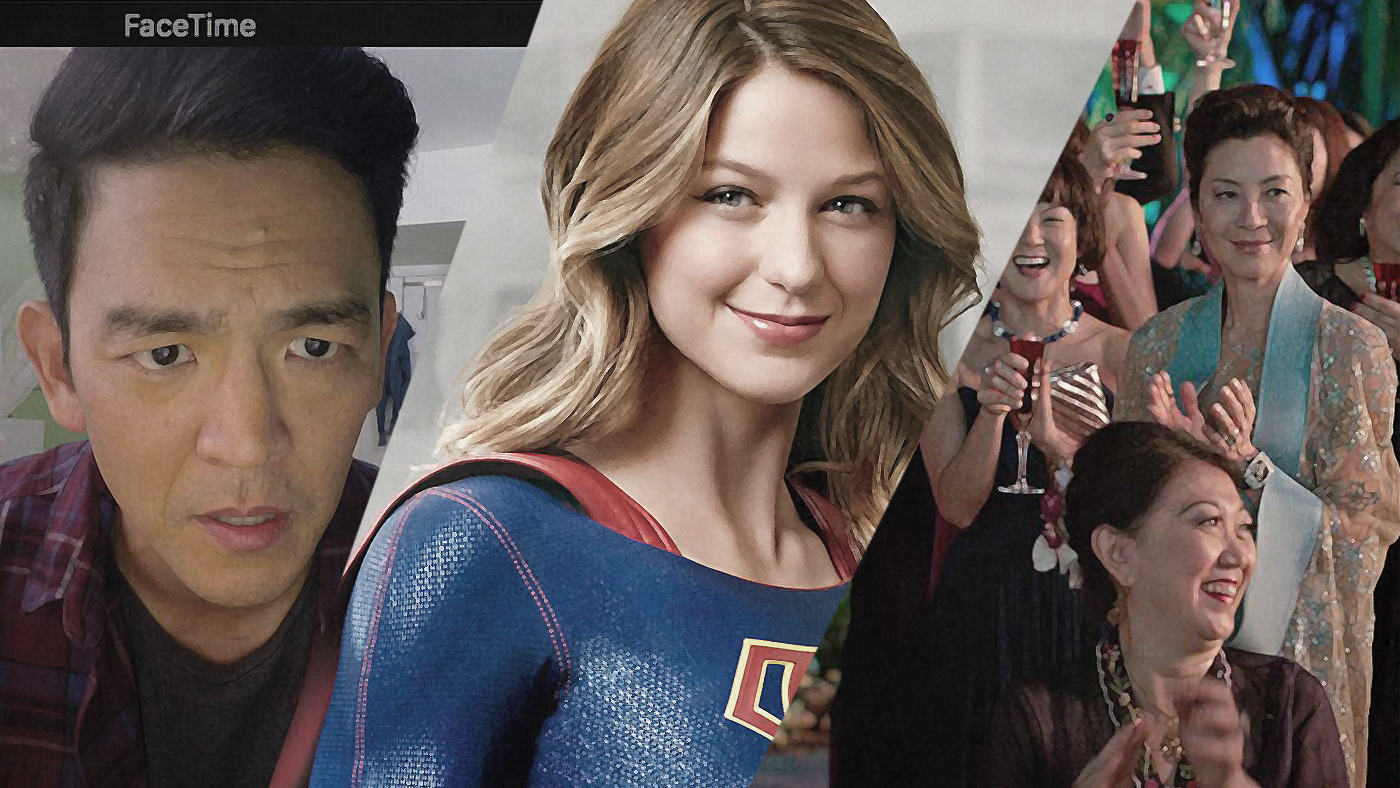[dropcap size=big]T[/dropcap]he summer of 2018 saw a milestone for onscreen diversity. The movie Crazy Rich Asians, the first studio movie with a mostly Asian cast since The Joy Luck Club 25 years ago, scored at the box office and garnered widespread critical acclaim. In the process, it showed Hollywood that audiences would embrace a movie revolving around Asian characters. Yet, while Crazy Rich Asians reveled in the example it set for onscreen diversity, another movie was getting far less attention for its majority Asian cast: The indie thriller Searching, starring John Cho as a father looking for his missing teenage daughter.
…while Crazy Rich Asians reveled in the example it set for onscreen diversity, another movie was getting far less attention for its majority Asian cast: The indie thriller Searching…
Unlike Crazy Rich Asians, which emphasizes its racial focus (it’s right there in the title), the characters in Searching just happen to be of Asian descent. These films represent the two approaches that are often taken with diversity in television and movies. In one approach, a character happens to be a given race, ethnicity, religion, class, gender, or sexual orientation, but other parts of their lives receive more story attention. In the other approach, characters’ racial, ethnic, religious, class, gender, or sexual identity fuels their story. Both approaches are valid and both are needed, because no matter who you are, we all have experiences that are both specific to our individual circumstances and universal to people everywhere.
Representation Matters
Increased onscreen portrayals of under-represented people remains desperately needed. In the most recent report from the Annenberg Inclusion Initiative, researchers found that despite changing rhetoric on diversity and inclusion in Hollywood, there was very little change in onscreen representation in the 1,100 top-grossing films from 2007 to 2017. Women still only led about a third of the top movies, approximately 70% of characters were white, and less than 1% of characters were lesbian, gay, or bisexual, while none of the top 2017 movies included a transgender person.
Anyone who hasn’t typically seen someone like themselves represented onscreen will tell you representation matters. It’s important to see onscreen characters who speak to our experiences and show us what we can be. Those of us who aren’t white men often learn to see through the eyes of the white male characters that dominate movies and TV. Nonetheless, seeing someone like ourselves onscreen is incredibly meaningful.
…they give other viewers an opportunity to get to know a transgender, lesbian, or black person in ways they might not be able to in real life.
Strides towards greater inclusion are being made. Recently a lot of the news about television, in particular, centers on the diverse new characters being incorporated into shows. For example, this upcoming television season, Supergirl will have a transgender superhero and a crossover event between the shows of the CW’s Arrowverse will introduce a lesbian Batwoman (a character detail taken directly from her comic-book depiction). In addition, the cult series Buffy the Vampire Slayer is being rebooted with an African-American lead.
There’s no doubt these portrayals of underrepresented people are valuable. They give viewers who are transgender, lesbian, or black an opportunity to see someone like themselves onscreen. And they give other viewers an opportunity to get to know a transgender, lesbian, or black person in ways they might not be able to in real life.
Sacrificing Story for Diversity
At the same time, however, these announcements hint at a concerning trend: the characters’ diversity is highlighted without an indication that there’s any story or character-driven reason for these choices. These choices don’t seem to fall into either of the two categories described above. They aren’t story-dependent — at least as far as we know — and, given the diversity emphasis, they aren’t characters who happen to include some diverse characteristics.
Yet, projecting a show’s diverse agenda can make it seem like watching will be akin to taking your medicine, not entertainment. Making the new Buffy black feels like a bid to correct the original series’ less-than-inclusive sins, not a well-conceived TV show. Emphasizing that the Arrowverse’s new superheroes are transgender and lesbian sends the message that these are the most important aspects of their characters, making them come across as avatars for diversity, not interesting, complex characters.
…projecting a show’s diverse agenda can make it seem like watching will be akin to taking your medicine, not entertainment.
Movies and TV shows can tackle real issues, including diversity and inclusion, in valuable ways. But making it all about the issue strips fiction of its magic. It’s a disservice to the audience as a whole and a likely turn-off to those in the majority who could benefit from exposure to diverse voices.
Onscreen diversity is increasingly vital, and Hollywood must become more inclusive. However, stressing this over other story and character elements risks making diversity a gimmick. Hopefully, Hollywood can find the right balance as it tackles this issue further.




